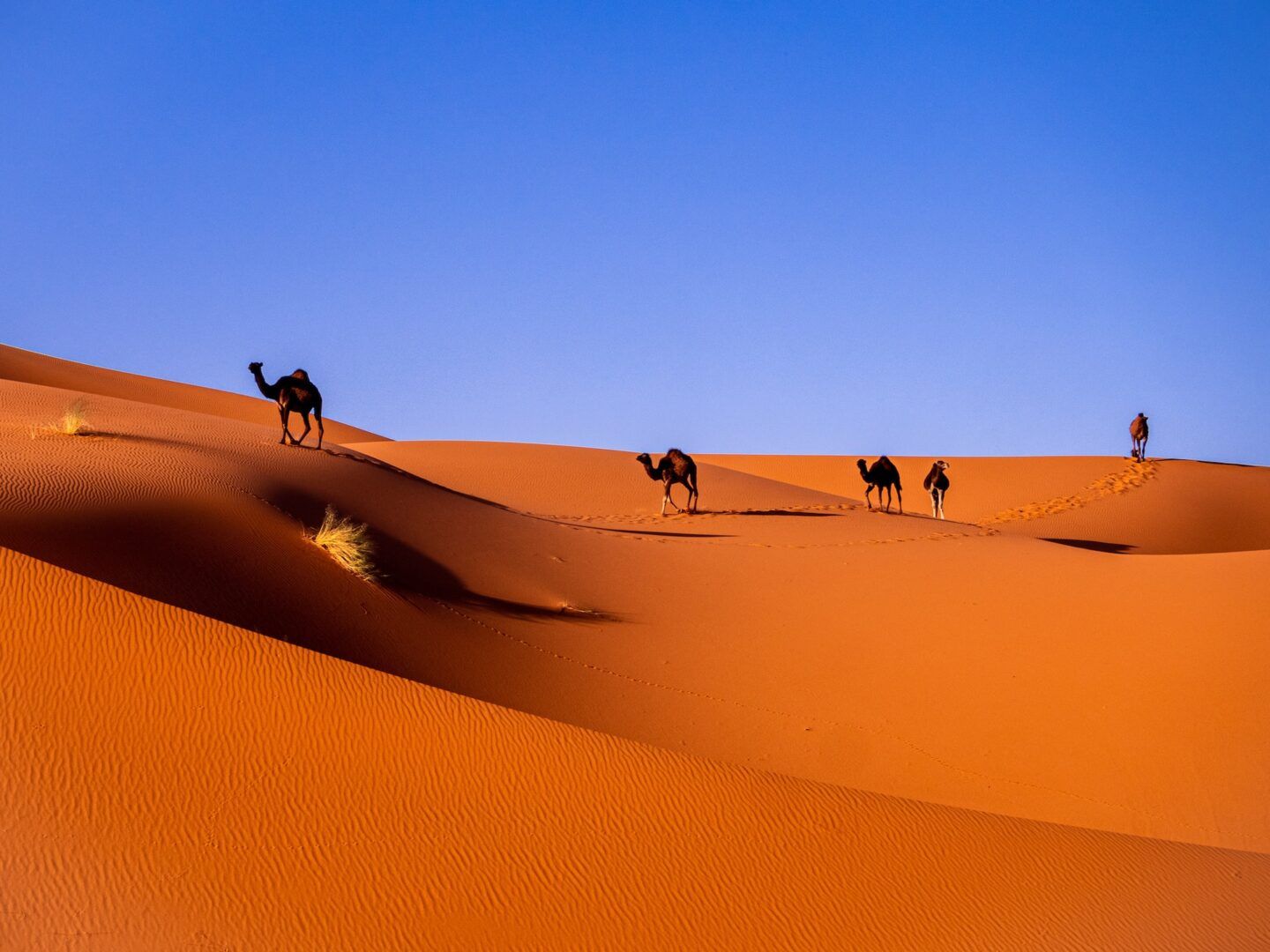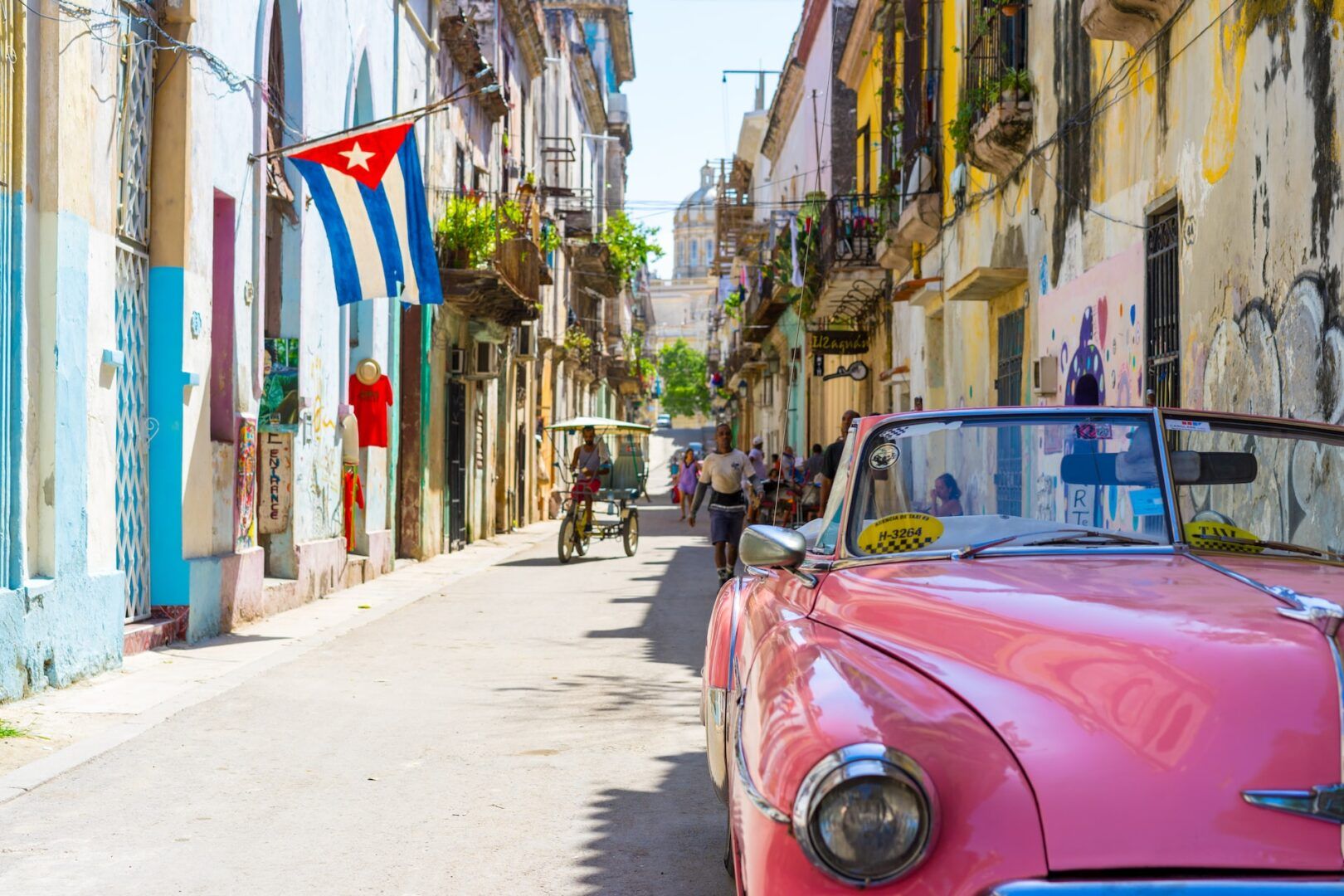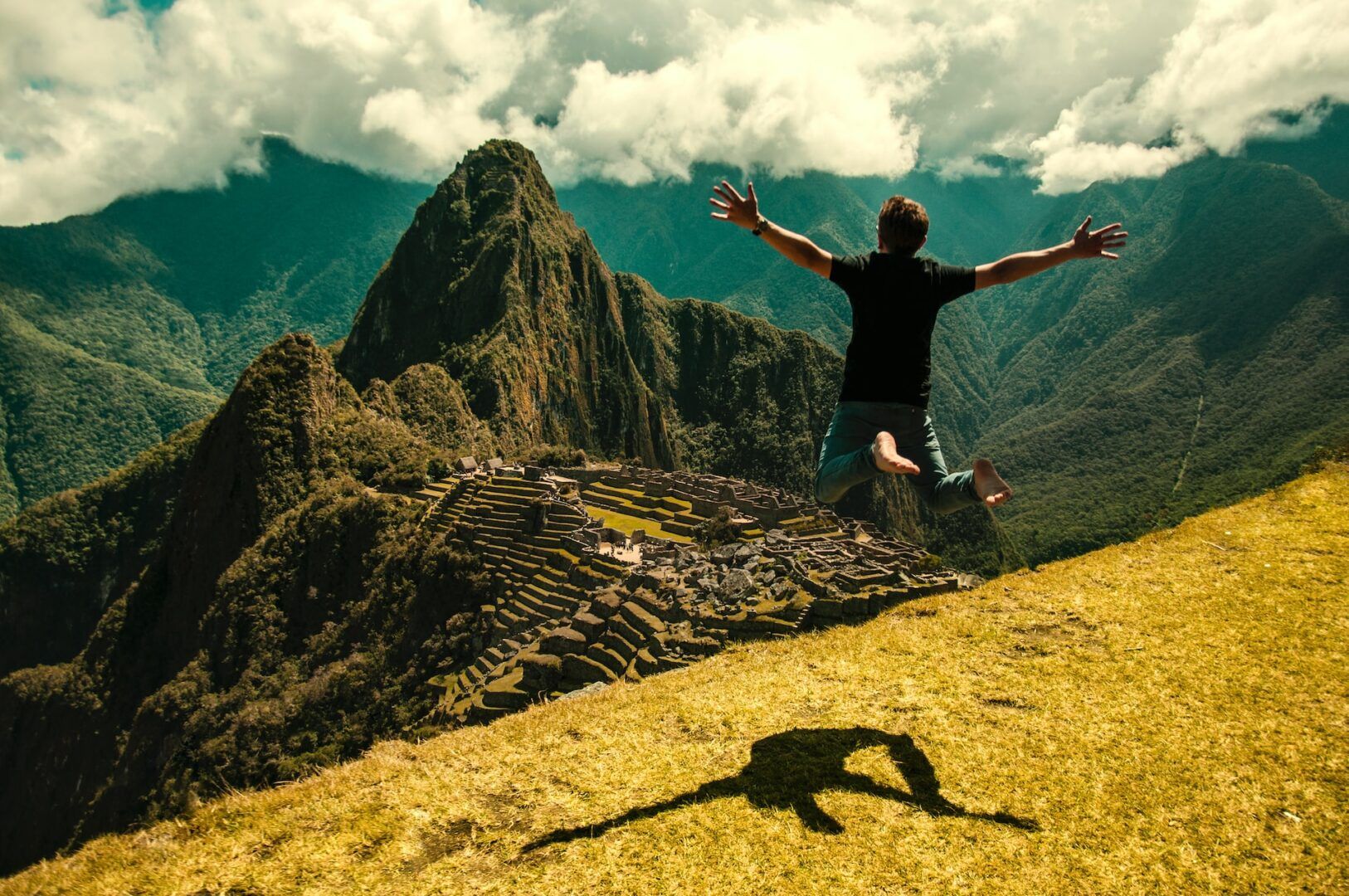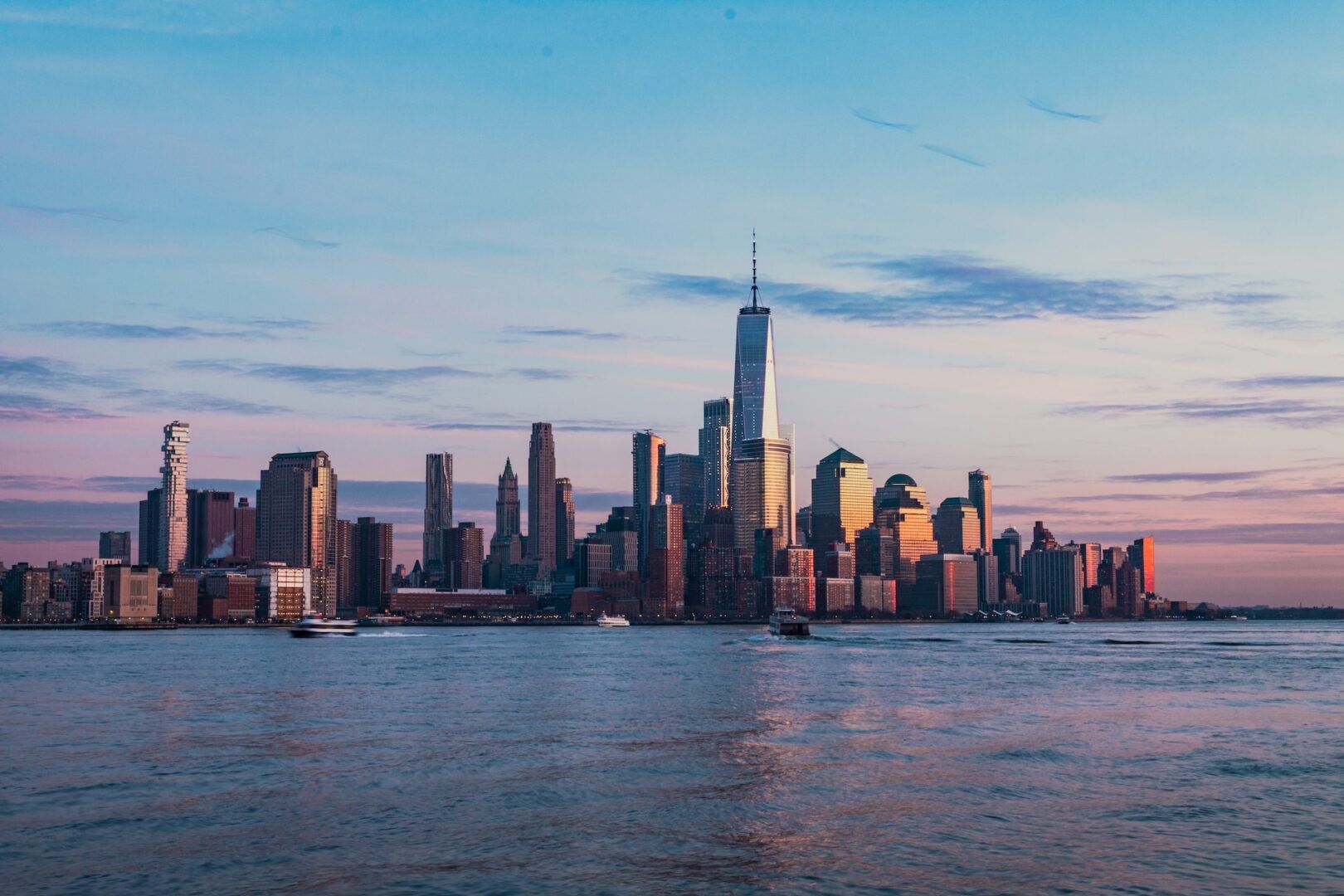

Labyrinthine medinas and ancient kasbahs, dunes and desert oases, intense flavours and fragrant spices, peaceful riads and chaotic souks. This is but a sliver of the full scope of the things to see and experience in Morocco, a country that is a fascinating combination of cultures, traditions and religions.
Organising a trip to Morocco is not the simplest of tasks. It is a massive country and the points of interest are well distributed. Being able to see them all requires a journey (on the road) of at least two weeks. If you have less time, concentrate only on one region. To the north, you can visit the medinas (the old walled part of a North African town) and the beautiful Chefchaouen, to the south, live the effervescent Marrakech and an adventure in the desert. If you love the sea, choose the coastal cities such as Casablanca, Essaouira or El Jadida.
Discover all the beauties of Morocco: set off with WeRoad!
What to see in Morocco: the imperial cities
There are four imperial cities in Morocco: Fes, Marrakech, Rabat and Meknes. They earn that title because they were the reigning dynasties’ residences, albeit at different times in the country’s history. There are recognisable signs of the passage of these dynasties, who built sumptuous palaces, mosques, madras, and fortified walls. Undoubtedly, these are all to be added to the list of things to see in Morocco.
Fes
If you want to savour an ancient and authentic Morocco, then come to Fes. It enjoyed the status of capital of Morocco for 400 years and here you will find the oldest and largest medina in North Africa. The old town is one of the most fascinating in the Islamic world. The streets are winding and narrow and practically create a labyrinth, where losing yourself isn’t too bad at all. You have the tanneries to thank for the strong odour. These are the city’s main attractions and are the oldest in the world!
You can not miss a tour of the tanneries, to see this ancient art with your own eyes. The stench is strong and intense. Keep this in mind if you have a sensitive nose! Take a stroll to the Madrasa Bou Inania, a finely decorated Koranic school, and the Royal Palace, an immense estate that includes palaces, gardens and courtyards as well as encompassing a mosque. Take the time to lose yourself in the medina’s streets. This is the only way to discover the city’s hidden and most attractive corners!

Marrakech
In the south of Morocco, there is the effervescent and chaotic Marrakech. It is named “the red city” because of the colour of its walls. The minimum stay, if it is your first time, is at least two or three days, just to make the most of all that the city has to offer. Here there is the right combination of antiquity and modernity and there is always something to do, whether it’s just walking through the stalls of the crowded souks or sipping a mint tea in a riad.
What should you see in the city? We start from the great classics. To discover Marrakech you usually start from the main square, Jemaa el Fna, that the old city develops around. If you come here in the morning or the afternoon you will come across a large market. Perfect to buy a little something because the stalls really sell everything, from dates to ostrich eggs, or to see artists like snake charmers. In the evening, the tables replace the stalls and you can eat street food, or spend time listening to storytellers and street musicians.
Not far from the square is the medina, where you can discover the shops of local artisans. Here too, as in Fes, there are many dye shops and tanneries. Continue with a visit to the Palace of the Bahia, which has 150 finely decorated rooms, and the remains of the El Badi Palace, built at the behest of the Sultan in 1578. Among other things to see in Marrakech, mark the Koutoubia Mosque, the largest in the whole country, and the tombs of the Saadites, decorated with Carrara marble and gold.
If you love open spaces and nature, do not miss a tour of the garden of Majorelle, where there is also an Art nouveau-style villa of intense blue – called “Majorelle blue”. In the garden, there are plants of all kinds – cacti, bananas, bamboo, palm trees – as well as pools with water lilies, fish and turtles. Finally, don’t miss the riads (a large traditional house built around a central courtyard), the typical Moroccan structures. If you can stay in one, much better, otherwise get away from the chaos of the streets by relaxing in one of the courtyards!

Meknes
Meknes was the capital of the kingdom before conferring the title to Fes. Less well known than other imperial and smaller cities, Meknes should still be a stage of your itinerary in Morocco – especially if you’re looking for a somewhat quieter destination. Here the medina is the beating heart of the city, and since 1996 it has been a UNESCO World Heritage Site. Set off from the main square, el Hedim, to visit it. Don’t miss the Moulay Ismail Mausoleum and the Bou Inania madrasa, both historic buildings of great beauty and cultural importance.
Don’t miss Bab el Mansour, the imposing access door that is highly visible from the main piazza. It is among the most beautiful imperial gates in the whole country, with fine decorations, inscriptions and marble columns that come from Volubilis, an archaeological site not far from the city. If you have time, spend some time here because it is one of the best-preserved sites in Morocco.

Rabat
Overlooking the Atlantic Ocean, Rabat is the administrative capital of Morocco and has been a UNESCO World Heritage Site since 2012. As in other imperial cities, here you can breathe the air of the oldest and most traditional Morocco. Indeed, we find the medina, which serves as a splendid starting point for visiting the city. Visit the Latiq Mosque, which is located in the Kasbah area of the Oudaïa, a fortified quarter built in the 12th century. Here you can also enjoy some peace in the Andalusian gardens, where you can sip tea surrounded by plants and flowers.
A very special monument here is the tower of Hassan, which was supposed to be the tallest tower in the Islamic world reaching 80 metres, but which remained incomplete – its current height is 44 metres. It was supposed to be part of a mosque, but only this unfinished version remains. Today there are only columns to fill what looks like a huge square.

What to see in Morocco: the desert and the kasbahs
Is the desert the first thing that pops into your mind when you think of Morocco? The association is exact and every respectful trip to this land includes at least one stop to admire the vast dunes of the Sahara. The town where the excursions start is Merzouga, a small village that looks almost out of the world. It is said to be “the gate of the Sahara”: if you want to go into the desert, perhaps spend a night in a Bedouin tented field, come here.
You can reach Merzouga by your own vehicle, otherwise, you can leave Marrakech with an organised tour. There are several, but they all offer roughly the same itinerary, with the night included. You will sleep in a Bedouin tent – forget the shower, but despite this, there are all the basic comforts. In return, you will experience the unique experience of the sunset and sunrise as seen from the dunes. The night sky is magical: assuredly, it will be the most starry one you will ever see in your life. Definitely at the top of the list of things to see in Morocco!

The Kasbahs: Tinghir, Skoura and Ait Ben Haddou
On the road between Marrakech and Merzouga, there are three towns we recommend, in case you have a vehicle of your own and decide to stop a little longer in this area of Morocco. Tinghir is a small oasis surrounded by greenery. The name means “mountains” and this entire region is sandwiched between two mountain ranges. Skoura is located at the foot of the mountains of the Upper Atlantic: an oasis rich in kasbahs, the typical fortresses of Arab architecture, which includes Amerhidil that dates back to 1600. Ait Ben Haddou is a UNESCO World Heritage Site and the houses here are built with the typical material of Berber architecture – a mixture of straw, stones and mud.

What to see in Morocco: the cities
In addition to the imperial cities, you cannot miss Casablanca, Tangier and the famous blue city, Chefchaouen.
Casablanca
Casablanca is the economic capital of Morocco, as well as the largest city in the country. Compared to other Moroccan cities, it is the most modern and European, so travellers and tourists tend to overlook it. If you have two weeks available and you are doing a full tour of Morocco, it’s worth touring here too. Don’t miss the mosque of Hassan II, the third largest in the world. An incredible structure overlooking the sea, whose minaret is the highest on the planet and reaches an astounding 200 metres in height.

Tangier
If you take a tour in the north of the country, in addition to the classic Chefchaouen, Fes, Rabat and Meknes, try Tangier, also called the “white city”. This is situated on the northernmost tip of Morocco, on the Strait of Gibraltar. Spain is only 16 kilometres away and, on clear days, it is visible from the coast. It is not surprising that Tangier is packed with charm, given its strategic position it has seen the domination of Phoenicians, Carthaginians, Romans, Arabs and then Europeans (Portugal, Spain and England). You need to explore the medina and the Ville Nouvelle, the most modern part of the city.

Chefchaouen
Chefchaouen is one of the most beautiful – and visited – cities in northern Morocco. It is called the “blue city” because of the buildings and houses’ colour, tinted in every variation of blue that the mind can conceive. Even today the reason for this colour is unknown, but it’s the reason for the success of this blue pearl! It is not very large, so you can visit Chefchaouen even in a single day. However, it is not easy to reach, so to fully appreciate it, we advise you spend at least one night.
As with other Moroccan cities, the best way to discover Chefchaouen is from the main square, Uta el-Hammam. Then lose yourself in the narrow streets and alleys that form a real maze. Do not miss the kasbah, where you can enjoy a unique view of the city, and also the two mosques, the Grand Mosque and the Spanish Bouzâafar Mosque.
If you have already decided, here you will find our eight-day itinerary in Morocco, including Chefchaouen!

What to see in Morocco: the sea
Could the sea be missing from our list of things to see in Morocco? The country overlooks the Atlantic Ocean. Previously mentioned Casablanca and Rabat are also seaside resorts, along with Tangiers. Let’s add Essaouira and El Jadida to the list to give you all the best options available.
Essaouira
Can a Moroccan city not have a nickname? Essaouira is called the “city of the wind” due to the relatively strong breeze coming off the ocean. On the hottest days, this breath of freshness is more than appreciated! The wind attracts numerous surfers and windsurfers, making Essaouira the ideal place to enjoy the sea and practice water sports. Even from the historical point of view, this city does not disappoint. The medina, overlooking the ocean, makes the landscape evocative. Try to stop by during your trip!

El Jadida
Always overlooking the ocean, El Jadida is a mix of Moroccan culture and Portuguese influences. Still mostly unknown to international tourists, it is among the favourite destinations of local holidaymakers. As a destination, it is perfect to enjoy the sea and here you can also practice surfing. In addition to relaxing on the beach, do not miss the Fortress of Mazagan, known as the Portuguese City. A city within the 16th-century city, surrounded by walls and bastions in the shape of a star. Also visit the Portuguese Cistern, an underground cistern with stone vaults that reflect on the water, creating a very evocative environment.




